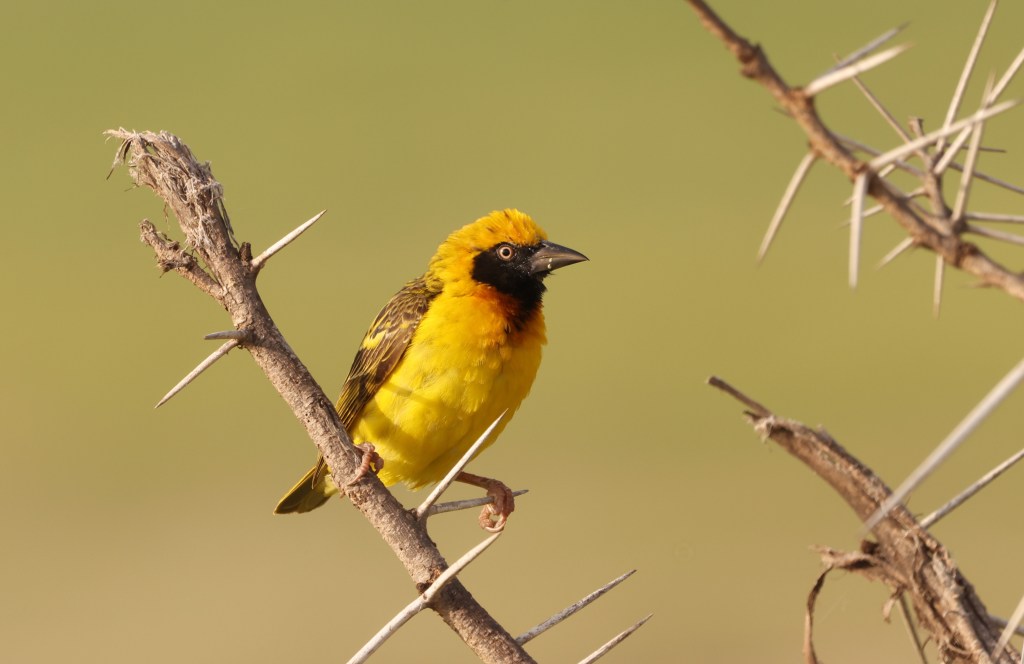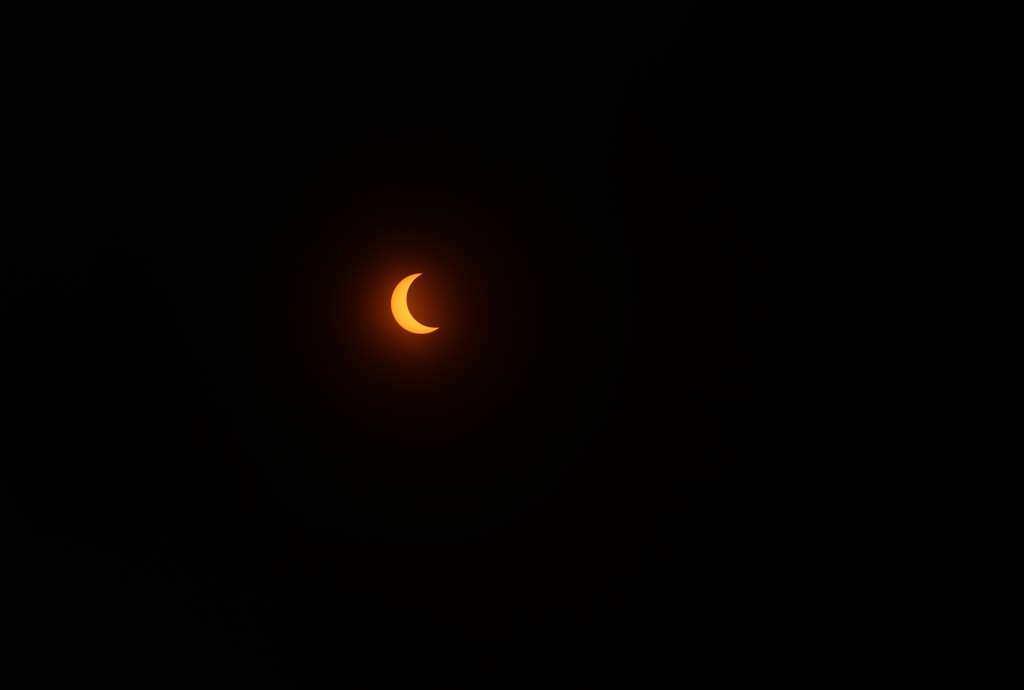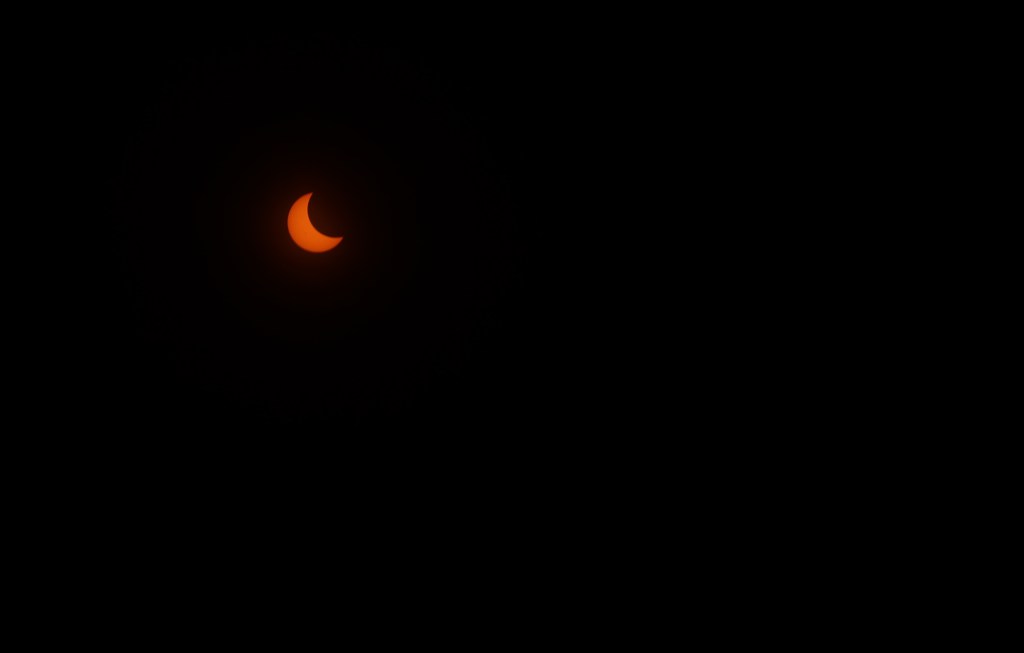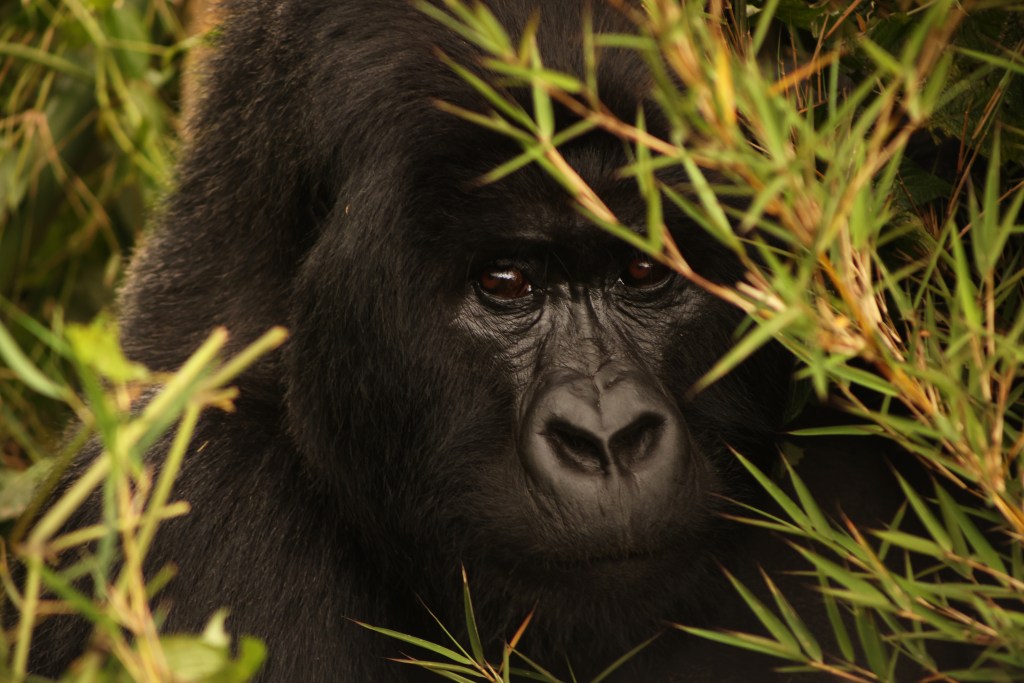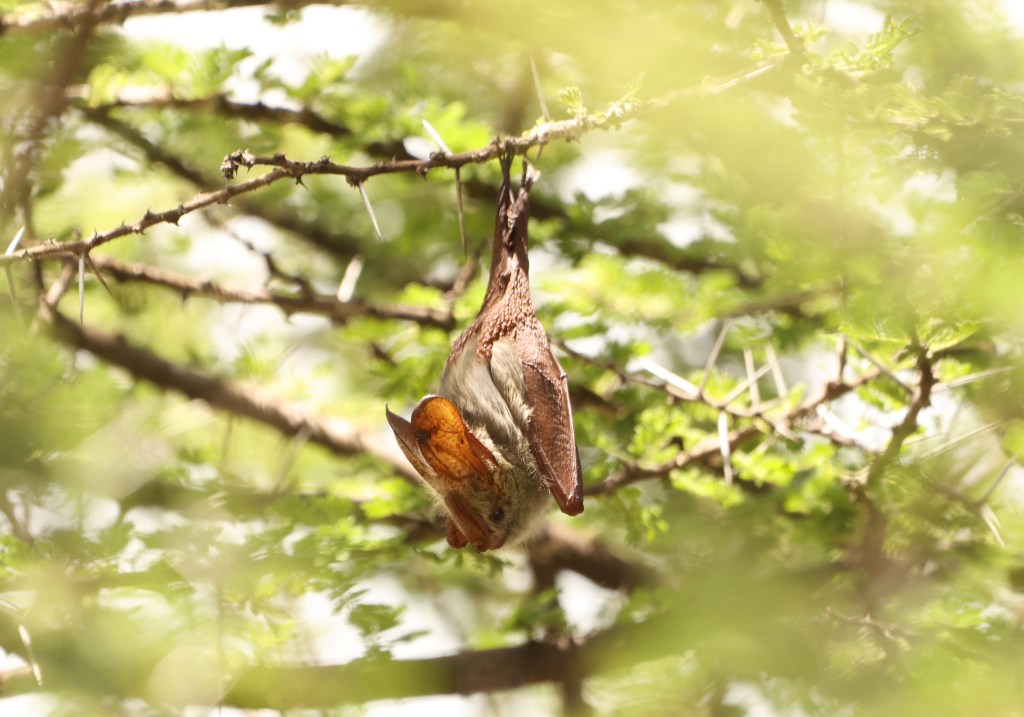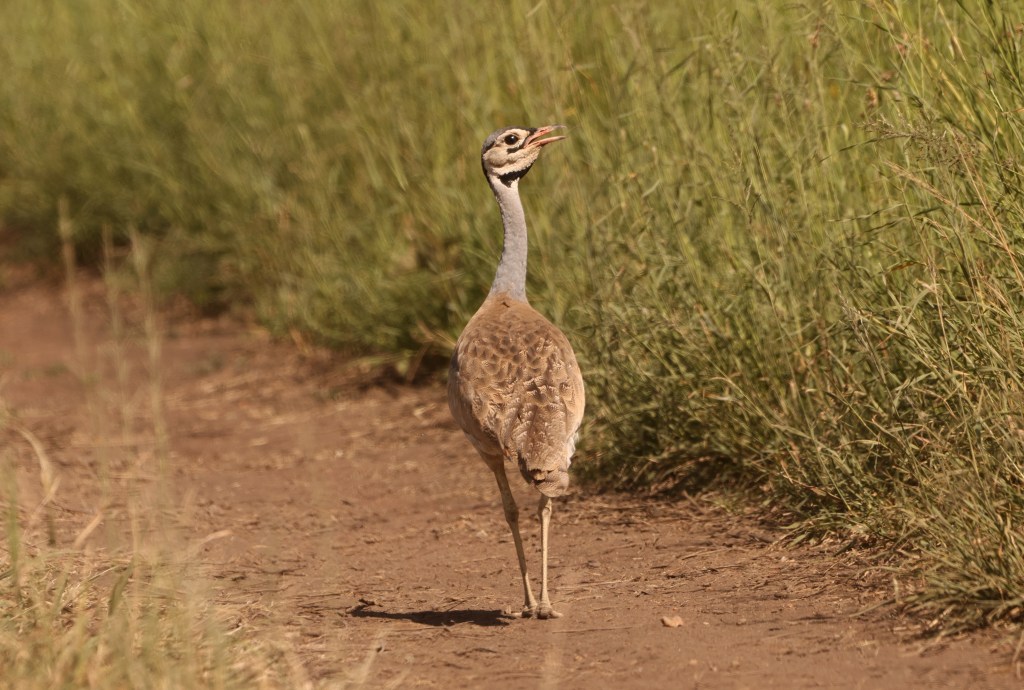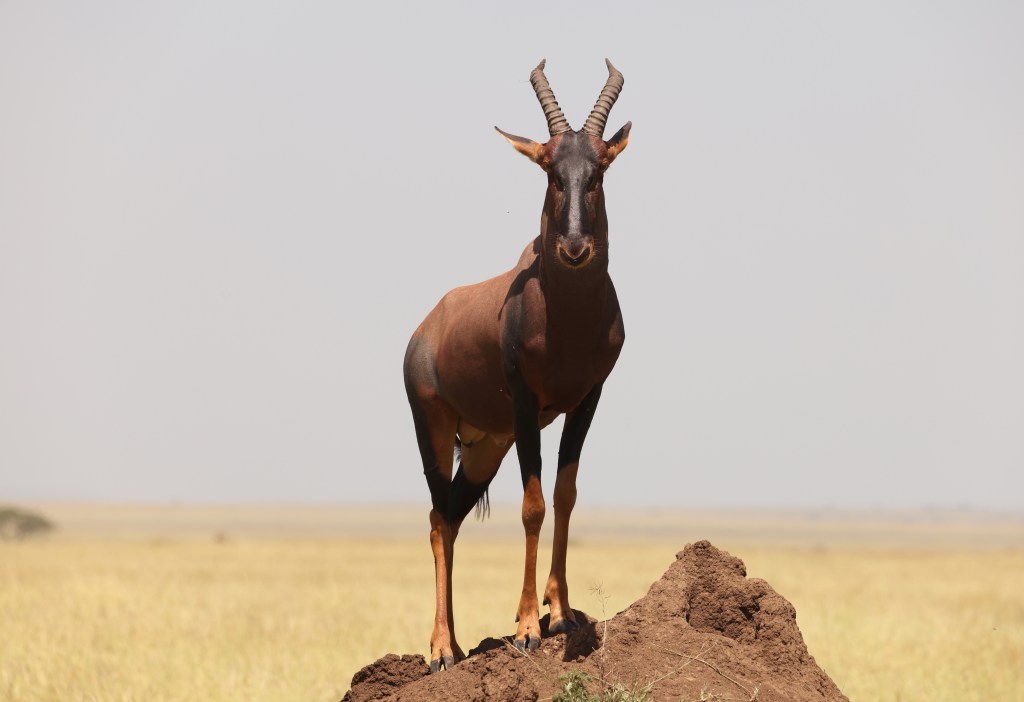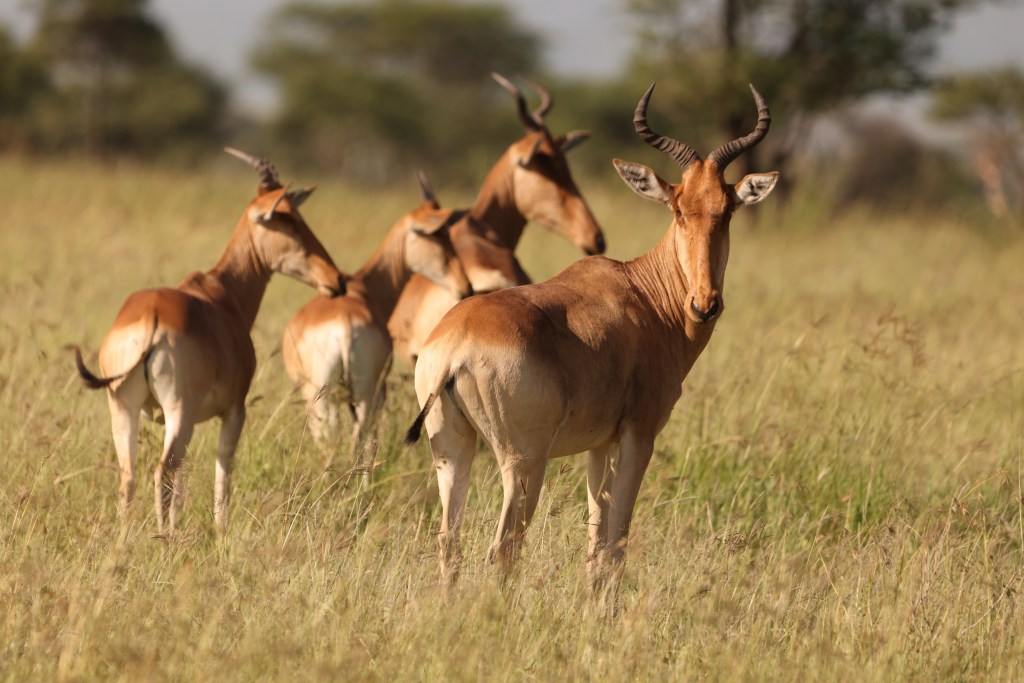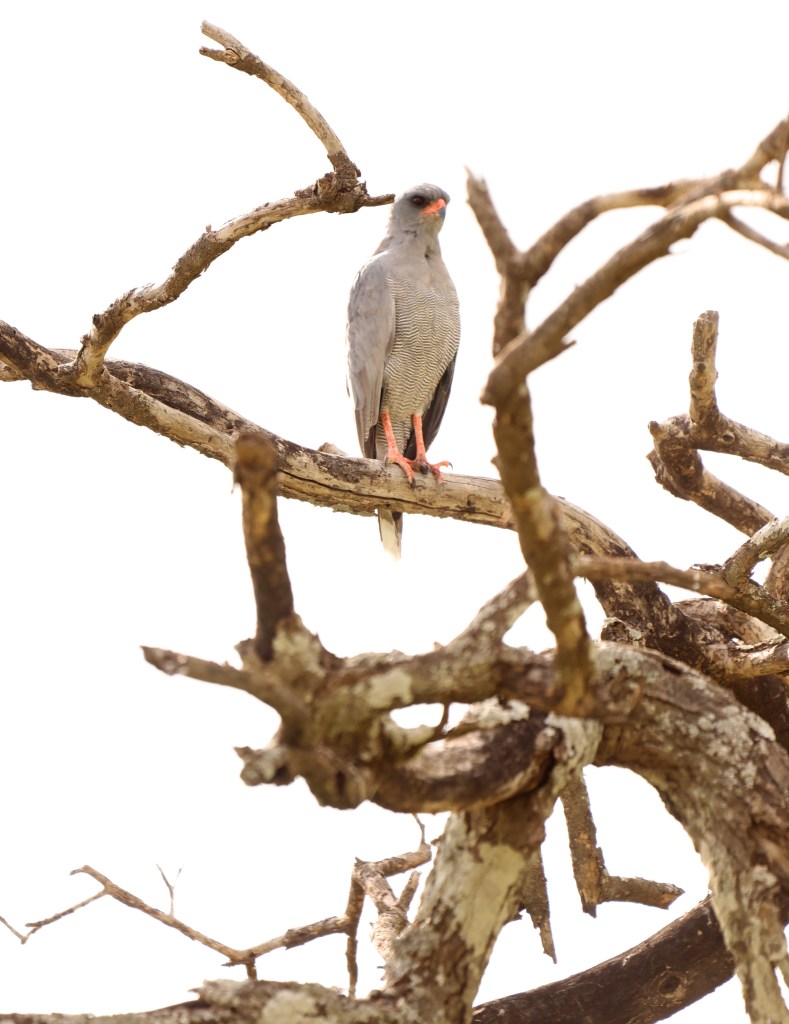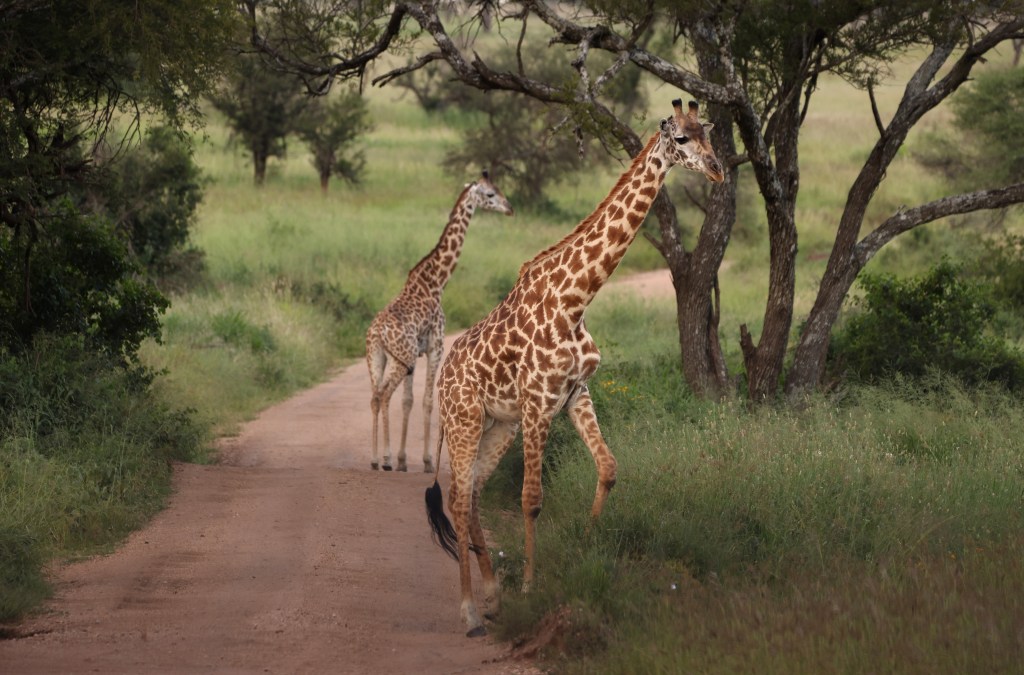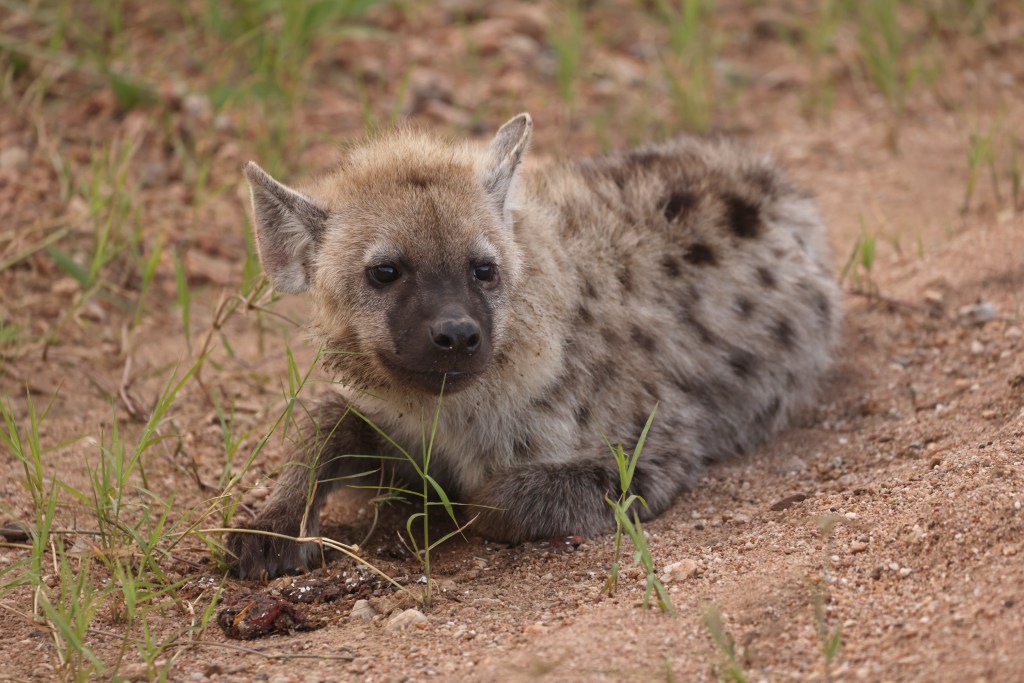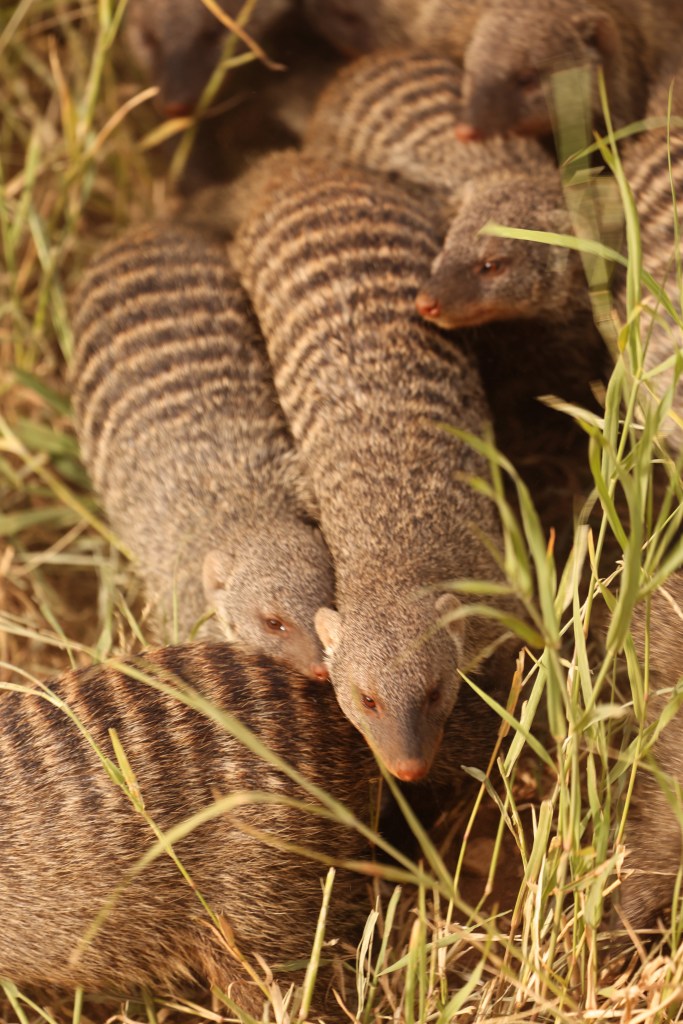Category: photography
Photos: Atkins Bottoms
This winter, I began visiting the Atkins Bottoms area in Pope County. My goal was to find Tundra Swans. While I haven’t found a Tundra, I did come across a Western Meadowlark during a recent trip. I’m more used to the Eastern Meadowlark, which have darker head stripes. It helped that the Western Meadowlarks were very vocal, making identification easier. Recent trips have been filled with birds, including Horned Larks, Lapland Longspurs and even a Merlin. I especially excited to see Lapland Longspurs – a first for me.
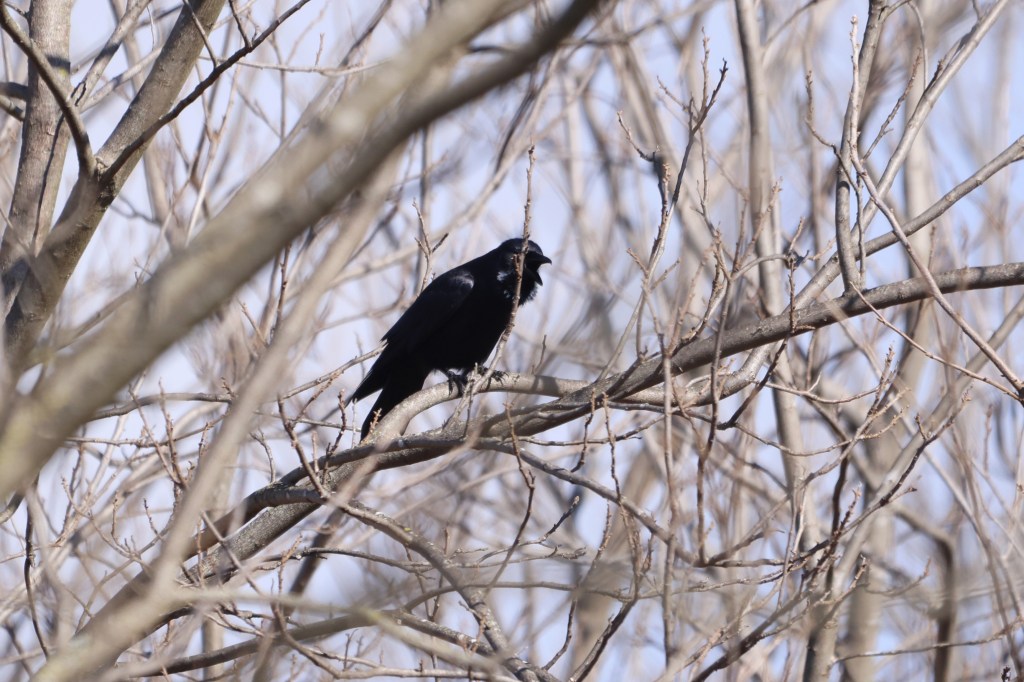
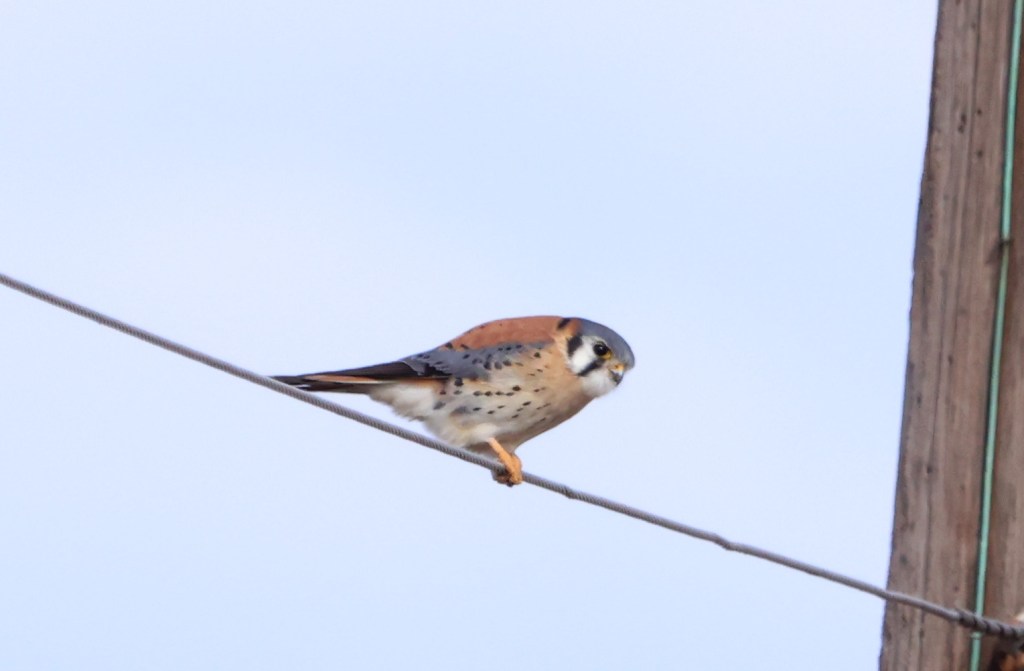




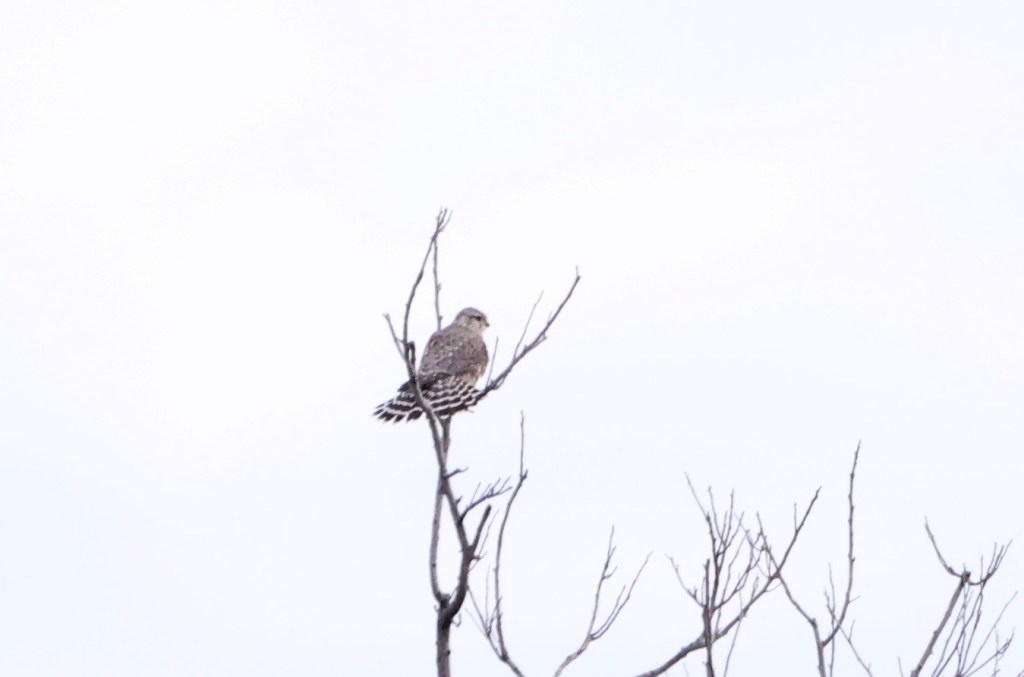





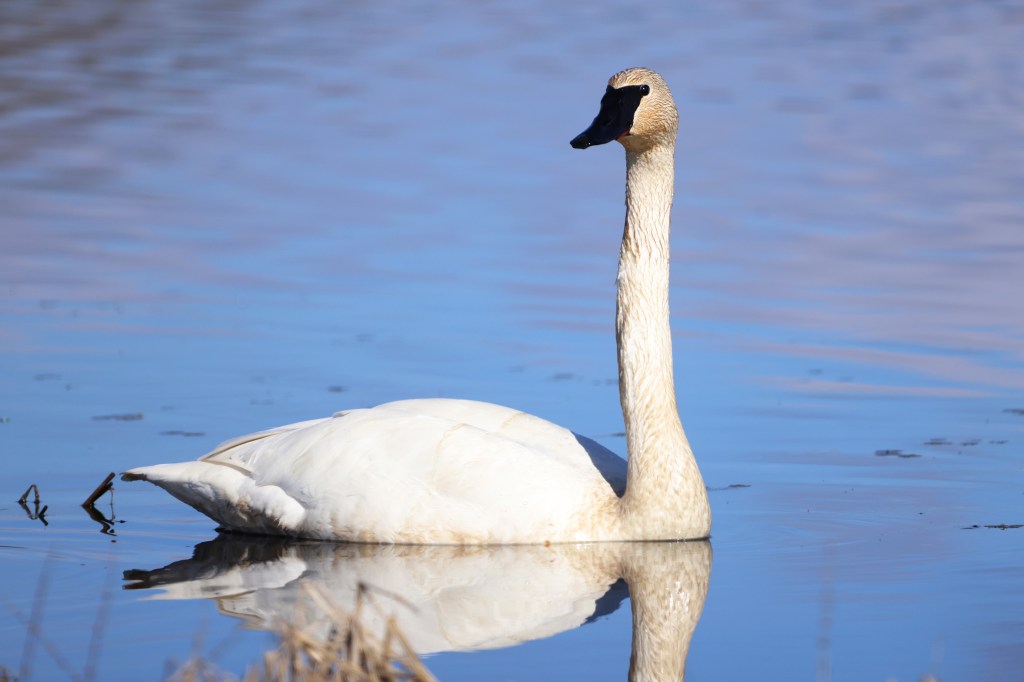
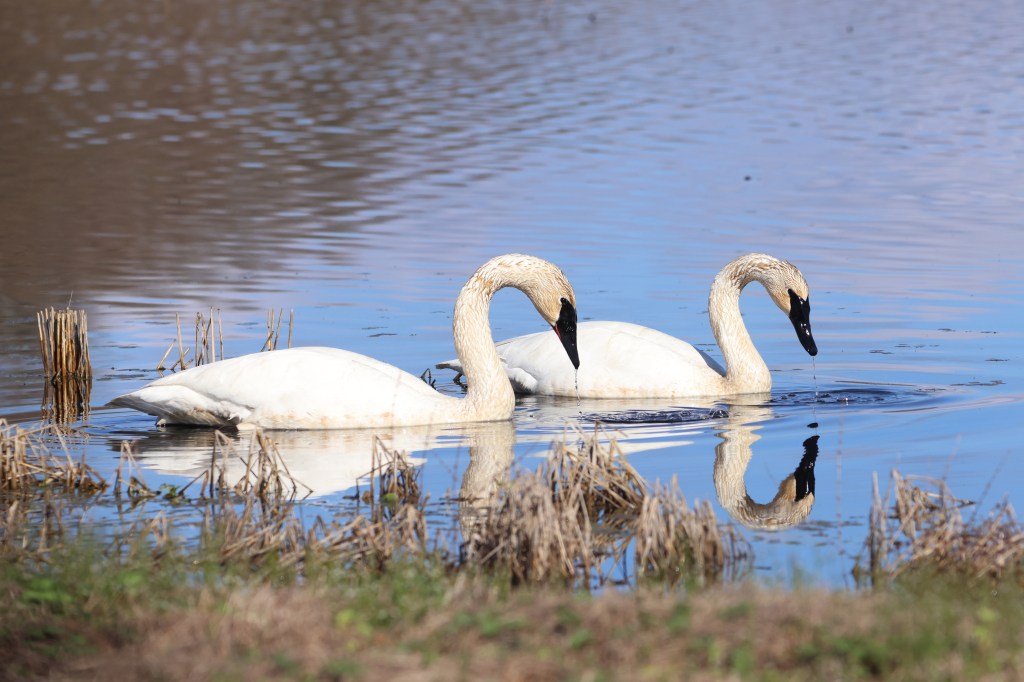
Day 14: African Wildlife Safari
If there was one activity that stood out on this trip to me it was the highly-anticipated gorilla trek in Volcanoes National Park Rwanda. Each day, 10 groups of eight are allowed to spend an hour with different gorilla families. Which gorilla group you visit depends on your physical ability and where the gorillas are generally located that day. You go up with a trek guide while two trackers go ahead to find the gorilla family and ensure there are as few surprises as possible.
My group split into two – easy and moderately easy – to visit two different gorilla groups. I joined the moderately easy group; however our trek guide said it ended up being one of the most difficult treks he’s led due to the rain, muddy trails and the gorillas who were moving up the mountain away from us. At times, the trail was pure mud. It was worth it. We saw the Titus gorilla group, the original family named after the silverback Titus that was a part of Dian Fossey’s research at Karisoke. According to volcanoesnationalparkrwanda.com, Titus, as a young gorilla, “lost his family to poachers including his father, uncle and brother and his mother and sister joined other families leaving Titus to be raised by an unrelated male gorillas. According to Dian Fossey, Titus, the infant, seemed ‘underdeveloped and spindly’ and had difficulty breathing, but Titus overcame these difficulties.” Titus eventually became his family’s leader.


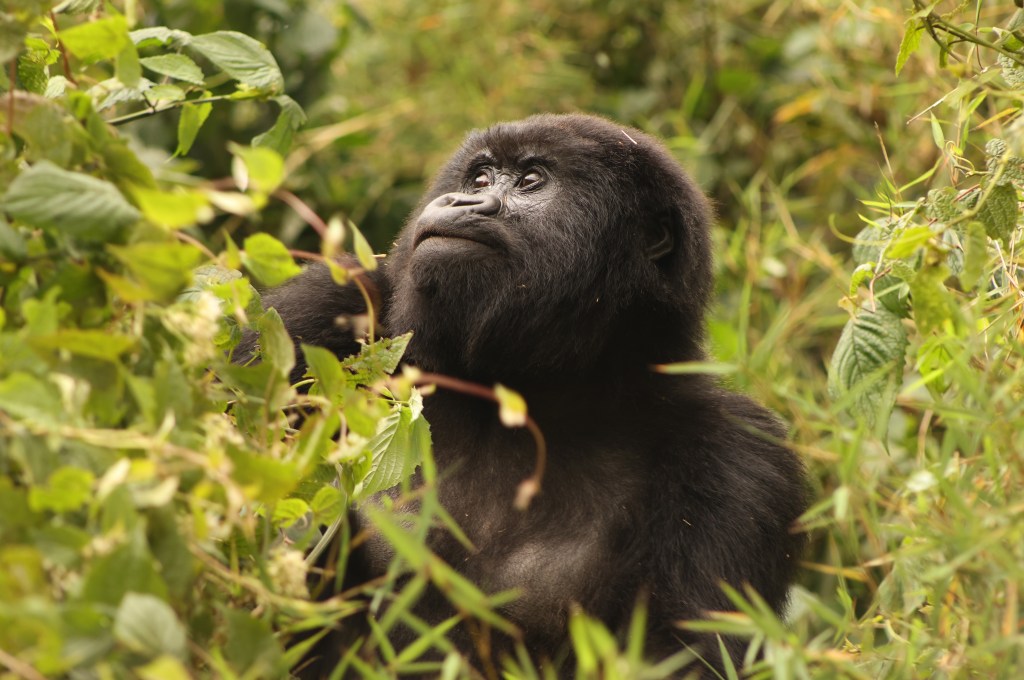






The only thing I would do different is pack lighter – I paid for a porter to carry my backpack and to help me up the mountain. That was definitely worth the $20 cost (not counting tip) because I sure needed a hand at some points when my feet got stuck in the mud. It is interesting to note that the men who acted as porters are part of the local community.
Apparently, they have a lottery system to determine which men get to serve as porters for the day. It provides the community with extra income that they otherwise would have made through poaching. This system is one way used to deter poaching in the national park.


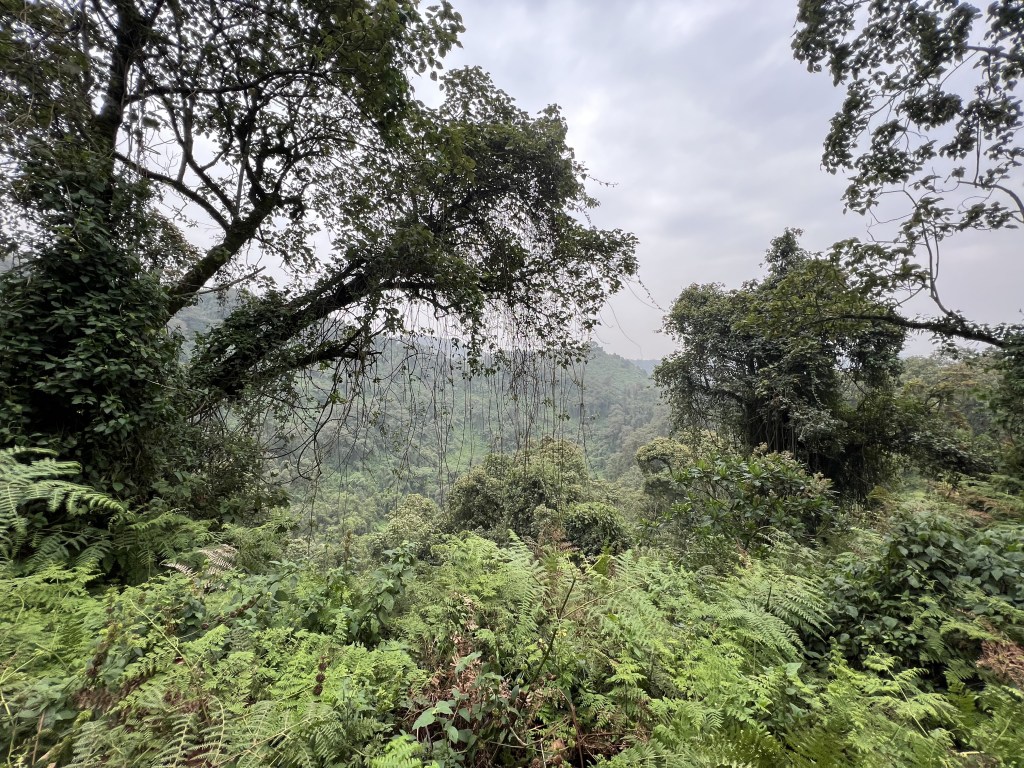




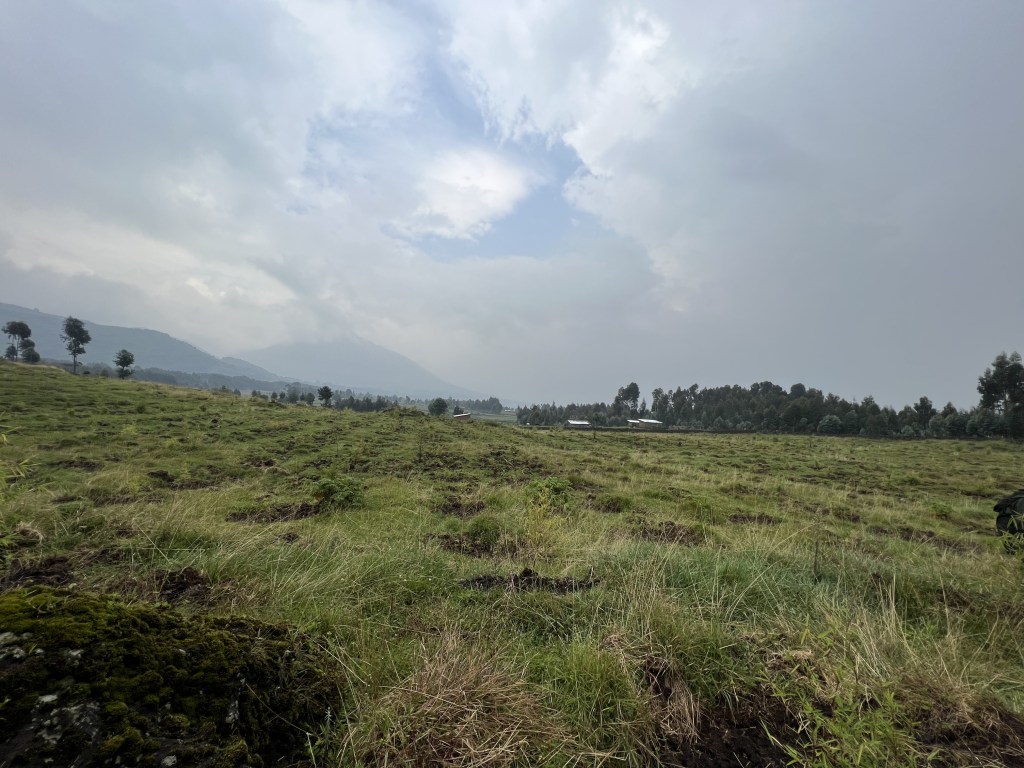
Day 13: African Wildlife Safari

We started the day off at the Kigali Genocide Memorial to learn more about the genocide and what the people of Rwanda went through. In April, Rwanda commemorated the 28th anniversary of the 1994 genocide and I’m thinking of my friends in Rwanda.
One term I learned there is ubumuntu or “humanity – goodness, generosity and kindness.” The memorial used it to refer to the people who risked their lives to help those being persecuted. A sign out front reminded visitors that “we can all be champions of humanity by standing against division wherever we live.”



We made our way from Kigali to just outside of the Volcanoes National Park where we were staying at Ingagi Park View Lodge.




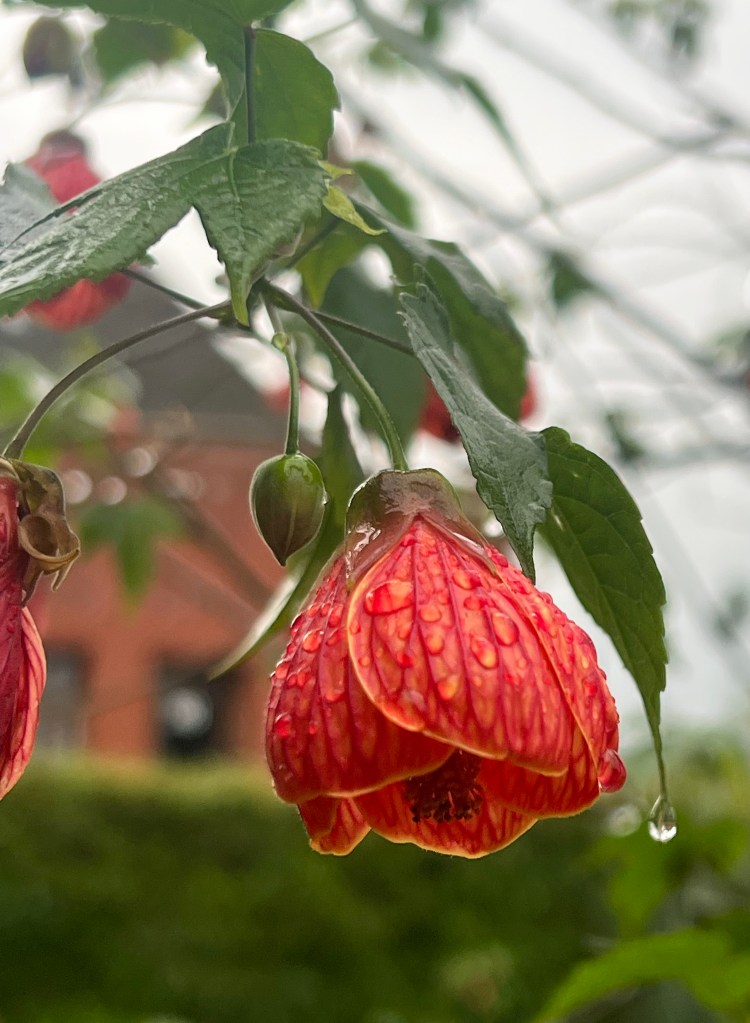


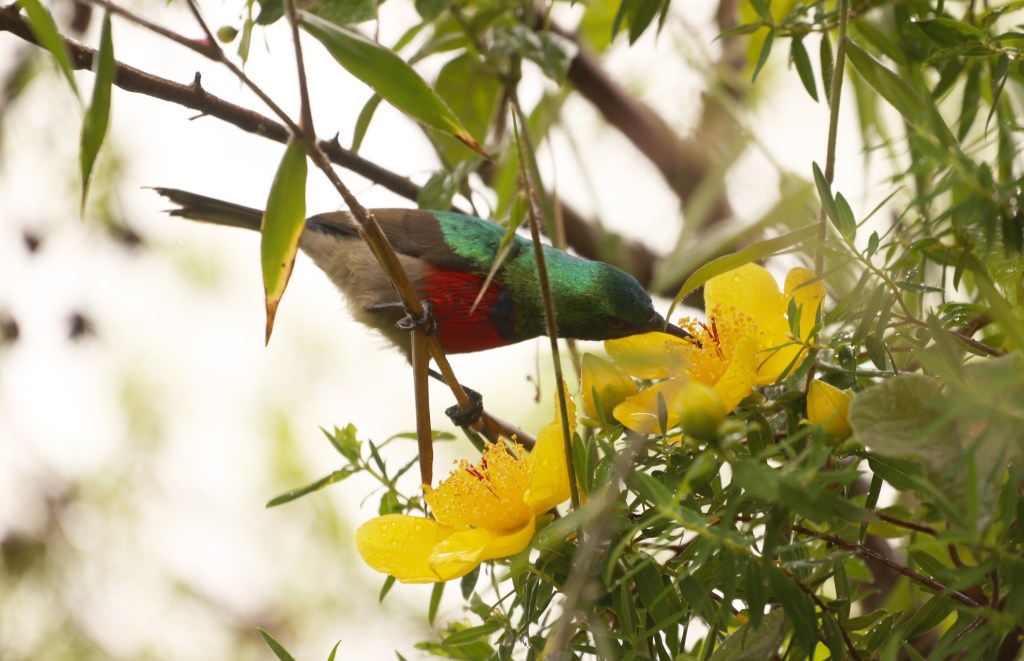



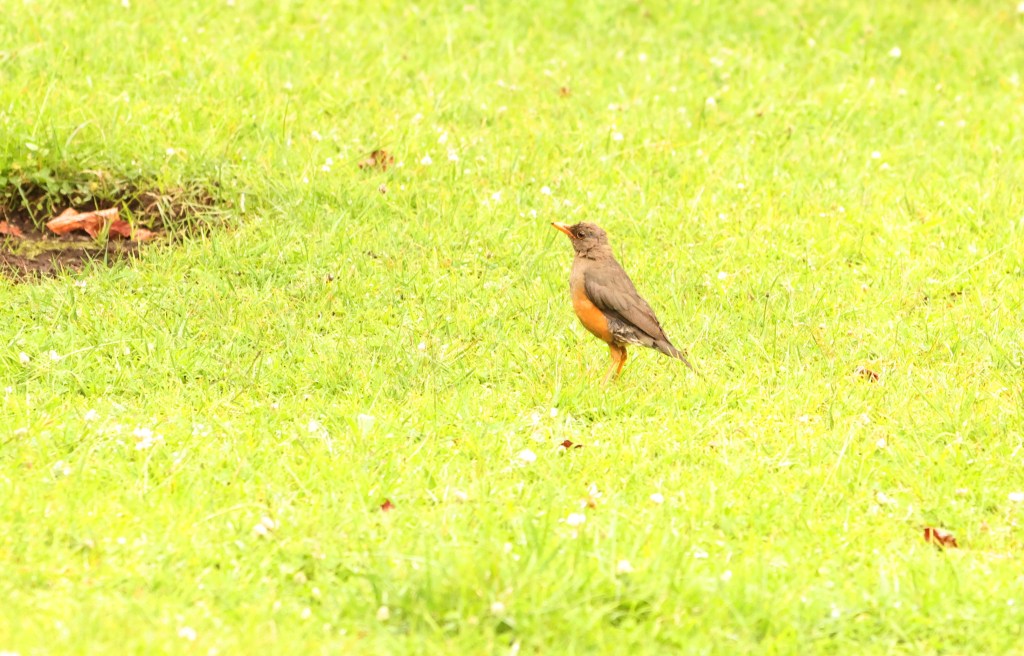
After getting settled at the hotel, we visited the Ellen DeGeneres Campus of the Dian Fossey Gorilla Fund to learn about Dian Fossey’s work to save the gorillas and continuing efforts to protect the endangered gorillas. It was nice to learn about the gorillas since we would be visiting the gorillas the next day at Volcanoes National Park.



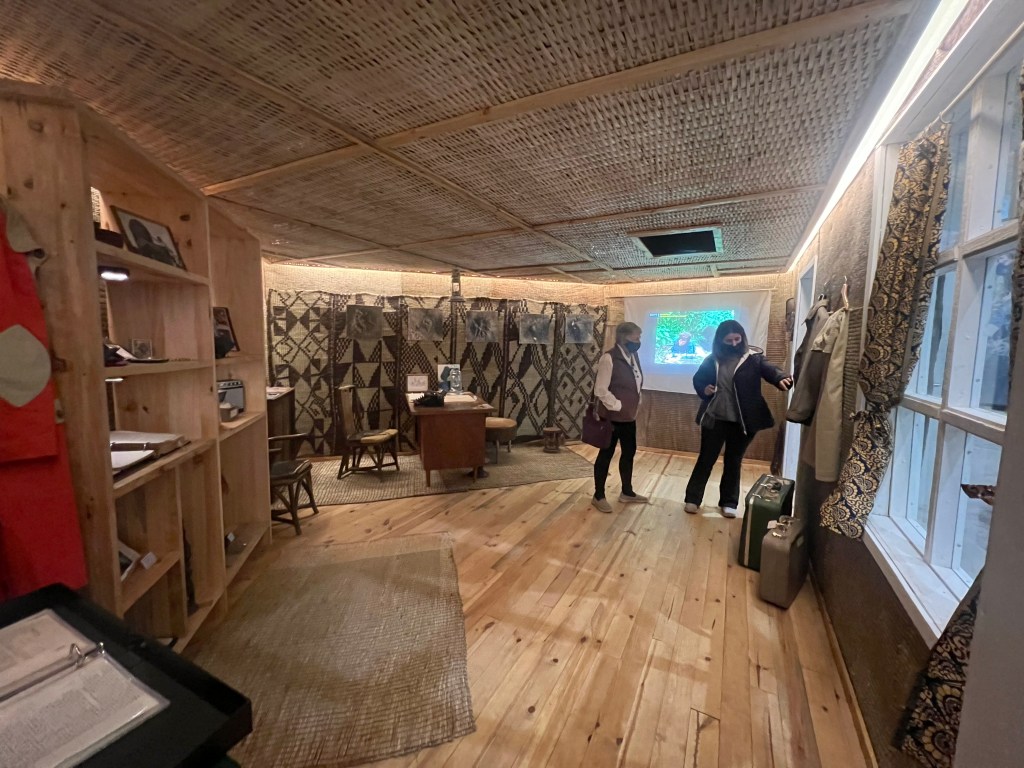
Afterward, we went back to the hotel to settle in for the rest of the rainy evening. I enjoyed a hot drink near a window overlooking the front of the hotel. A farmer worked in his field across the road from the hotel, while birds fluttered in the trees nearby. I enjoyed spotting the sunbirds visiting the flowers on my walk back to my room.





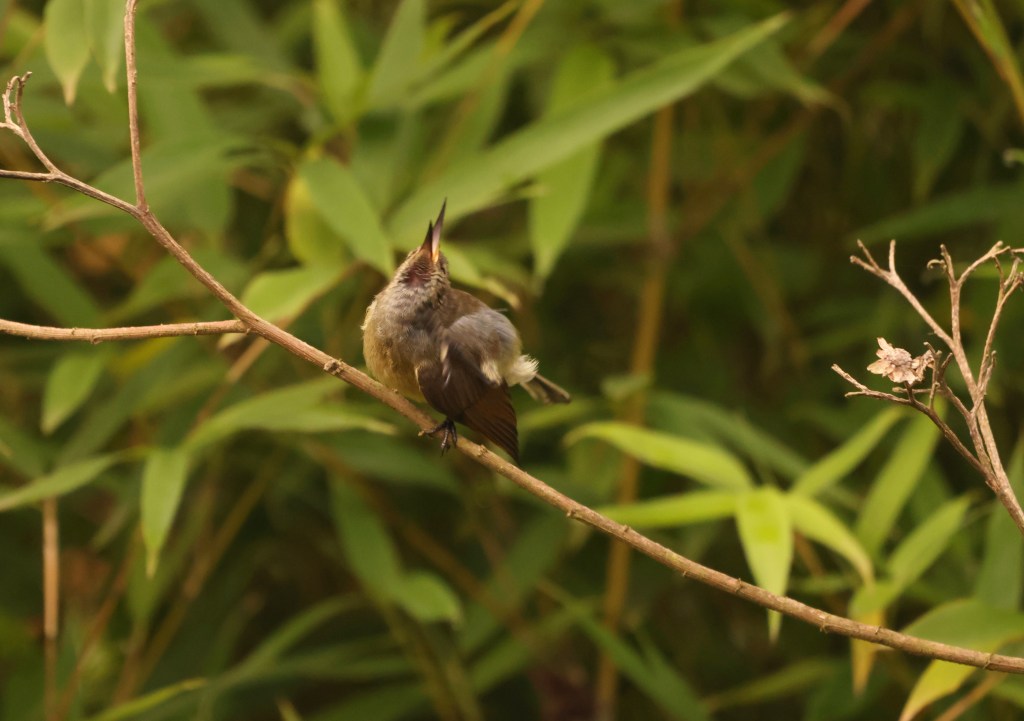

Day 11: African Wildlife Safari
Day 10: African Wildlife Safari
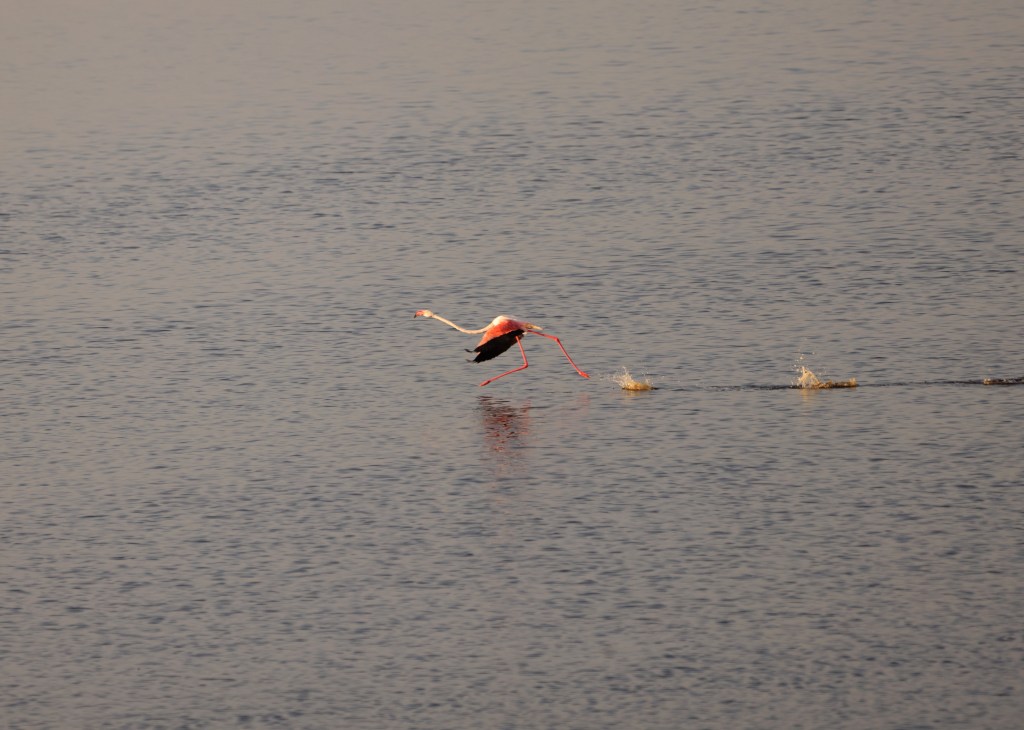
Day 10 started early with four of us heading out to catch a hot air balloon ride over the Serengeti’s Ndutu Area. It was interesting to learn this is about the time where 80% of the Wildebeest calves are born on these southern plains. And we sure saw a lot of Wildebeest!

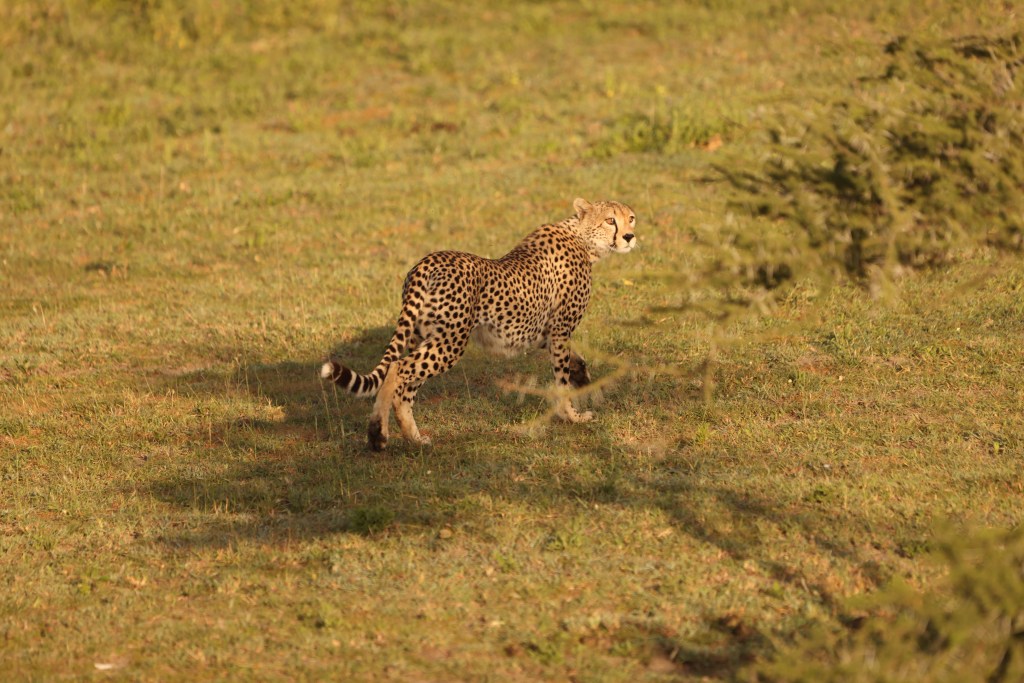



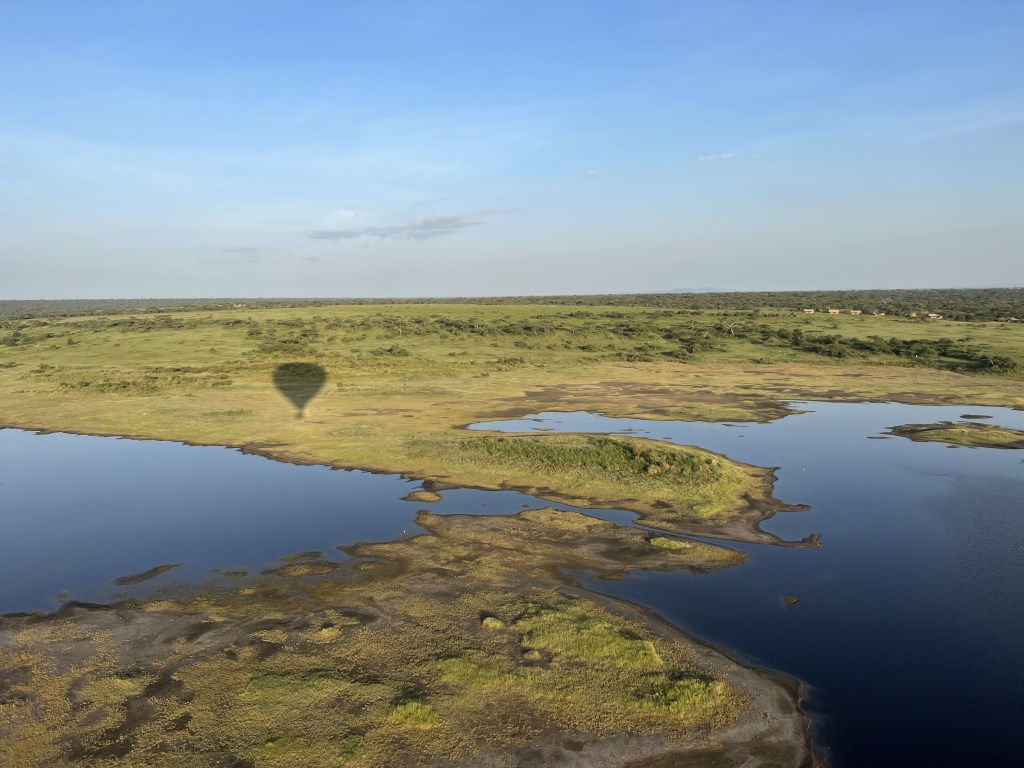

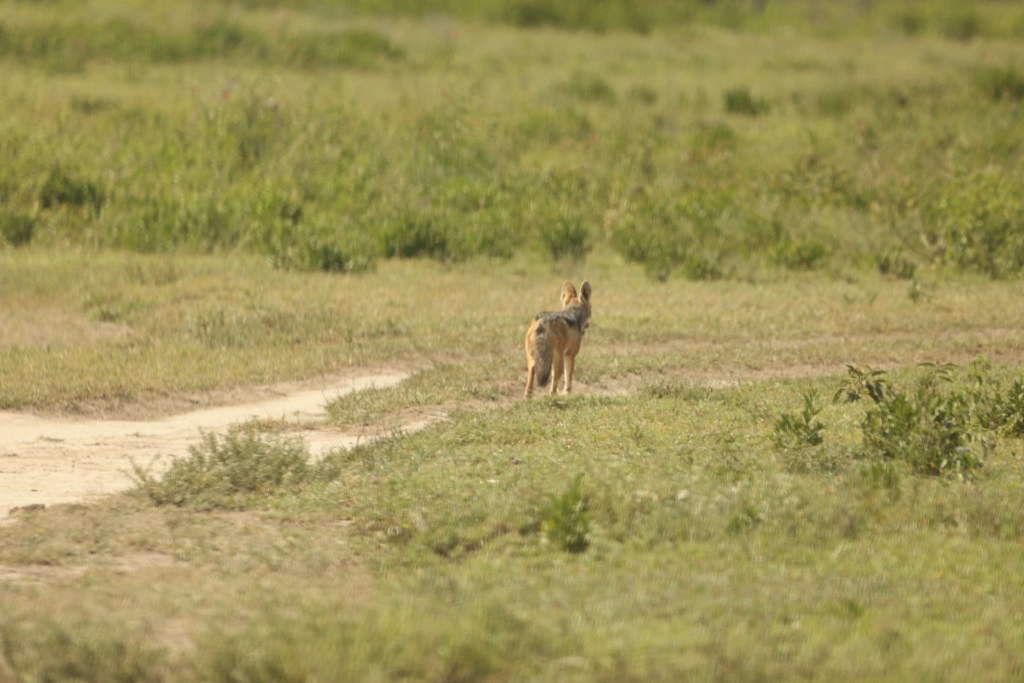

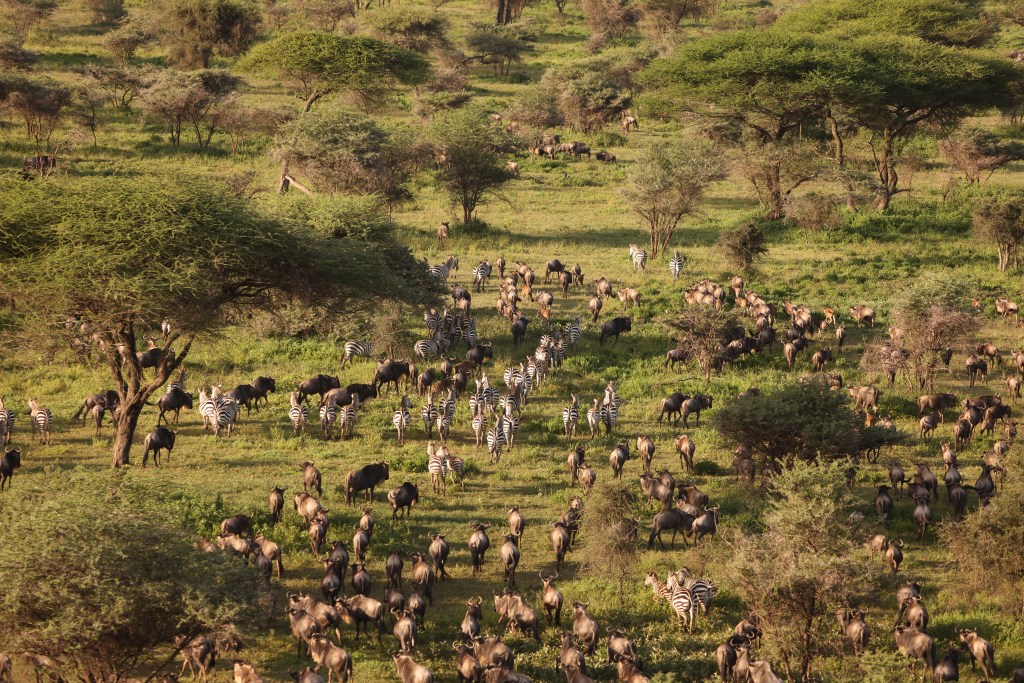

After our ride, the hot air balloon company provided lunch. We were then picked up by our tour guides and spent the rest of the day resting at camp and tour the plains on game drives. Lions and vultures were the big spots of the day.
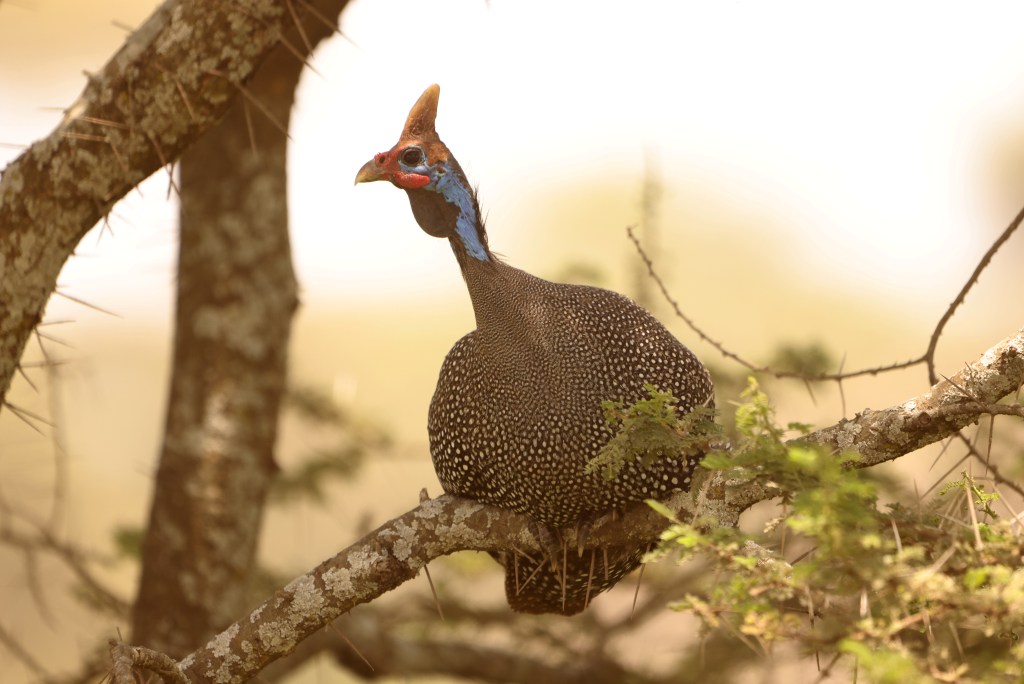

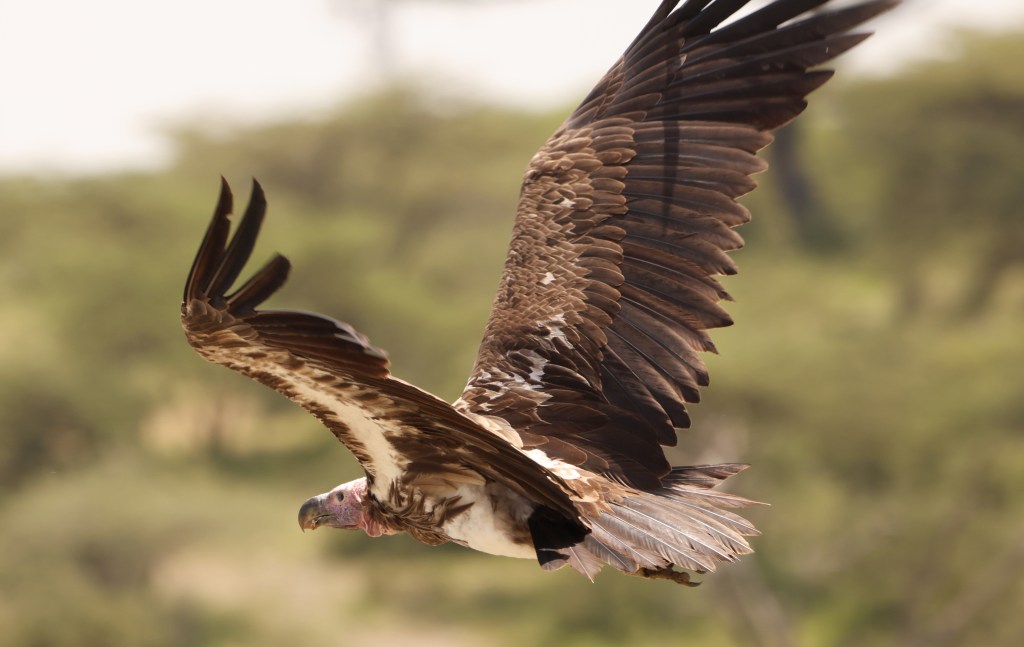





Day 9: African Wildlife Safari
Day 9 was again spent in the Sereneti National Park on game drives. We saw large groups of elephants, zebras and lions.










Like the day before, that night was spent at Tanzania Bush Camps. We left March 14 for a second camp site of Tanzania Bush Camps in the Ndutu Areas.
Both sites were more like #glamcamping with bathrooms/showers in each tent. Internet was available in the recreation tent, and you could have hot water if you gave staff time to heat the water. We needed a guide to walk to our tents after dark because of the presence of wildlife, both prey and predators. The first camp site had a camp fire each night, and it was a nice way to unwind with not only my group but other guests.






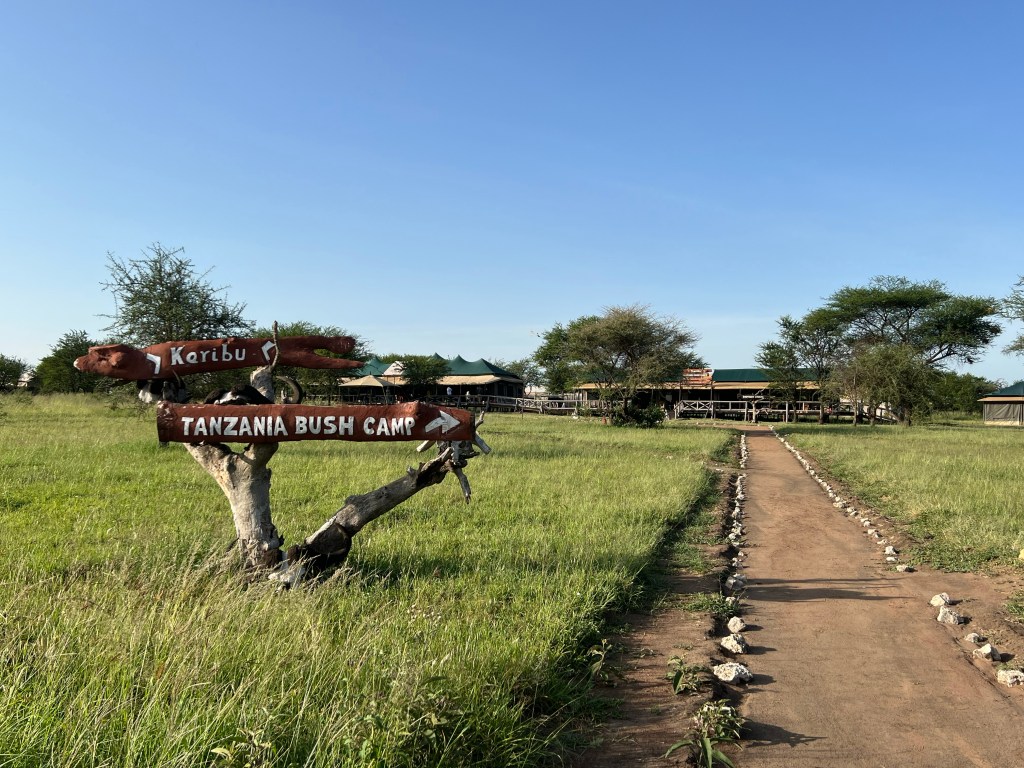
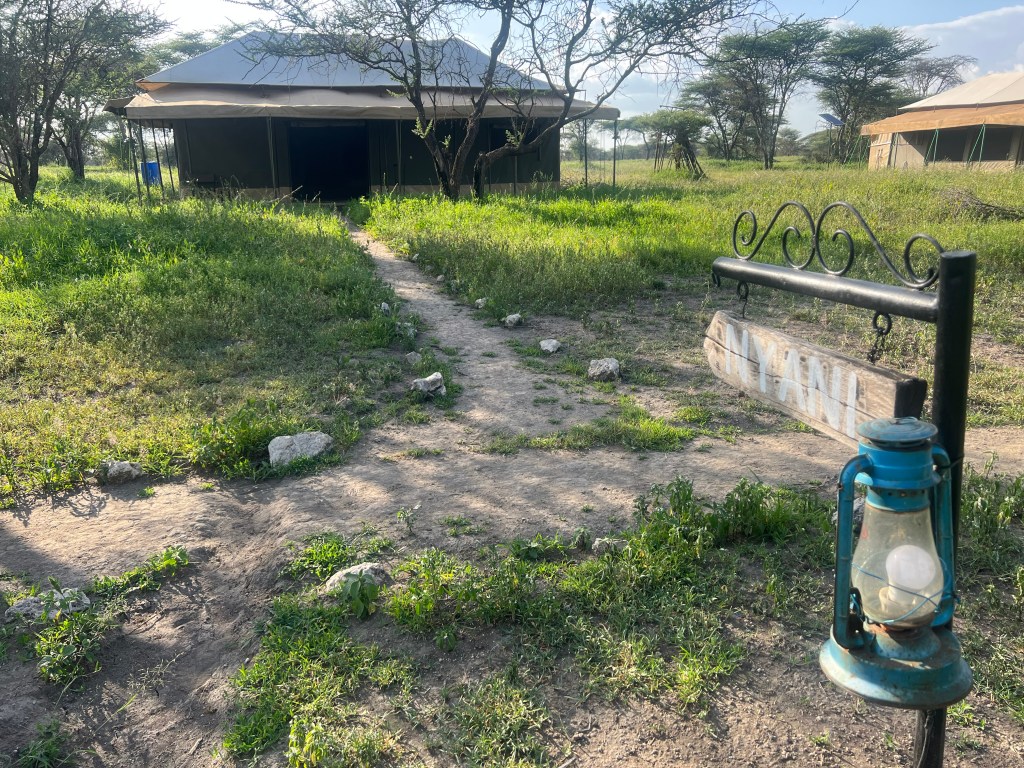



Day 8: African Wildlife Safari
Day 7: African Wildlife Safari
On March 11, 2022, we left for the plains of the Serengeti.

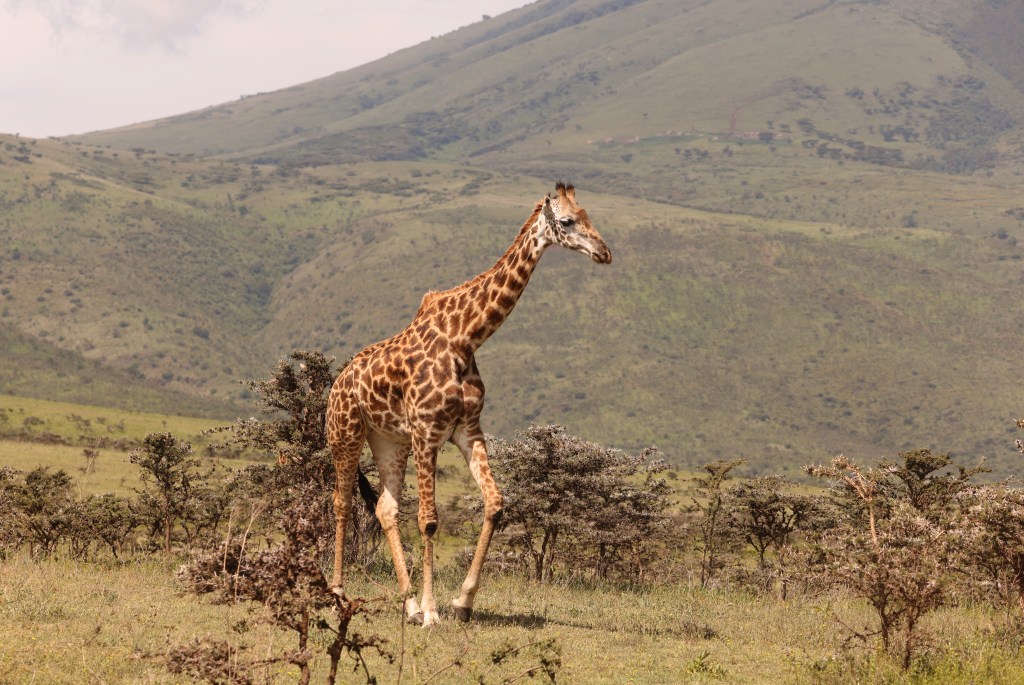
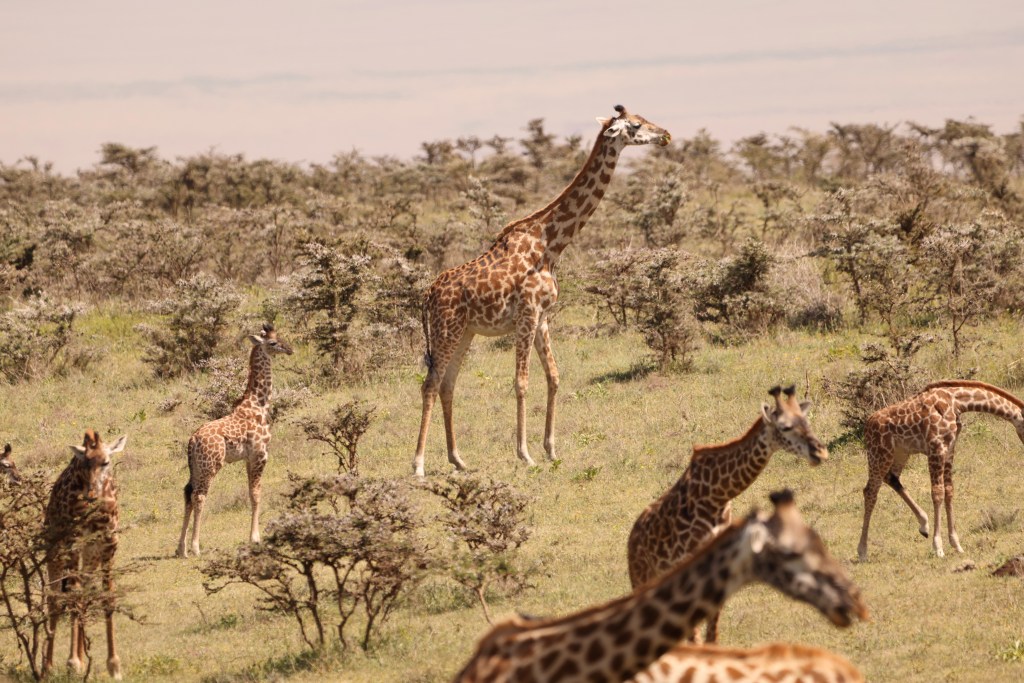
En route, our group separated with half going straight on to the Serengeti and the other half making two stops along the way. The first stop was a Maasai Village. The Maasai is one of the most famous tribes of Africa. They are semi-nomadic and are known to have lived predominantly on their livestock. During our visit, we were welcomed with a dance and given a tour of their school (they learn both English and Swahili). Then, each one of us received a guide who showed us their home, spoke to us about their lives and answered questions.




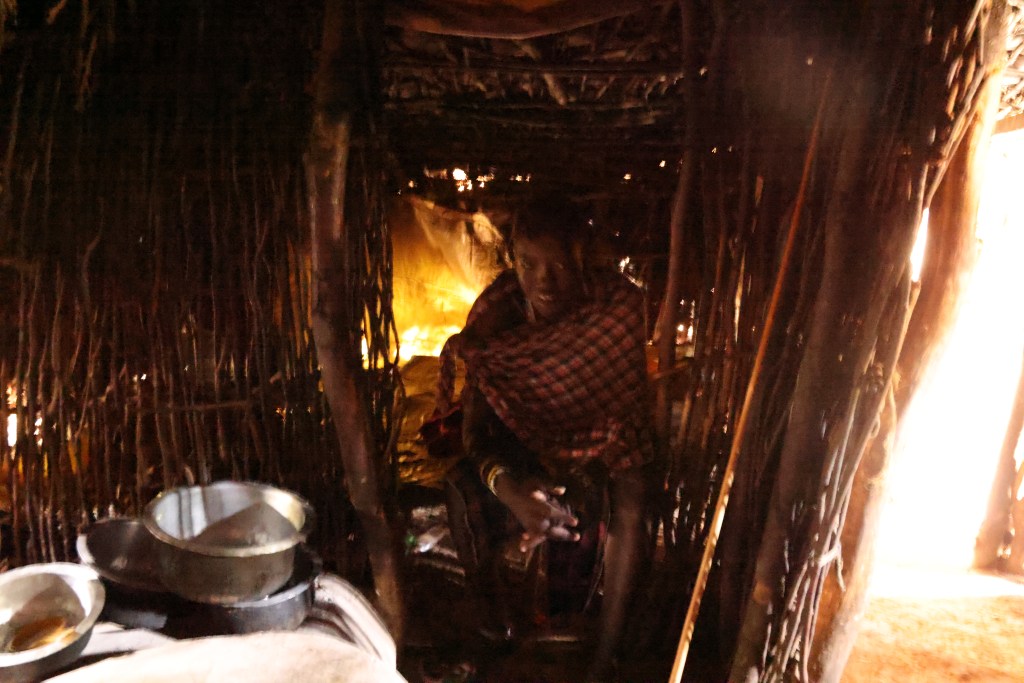



We then visited Olduvai Gorge, also known as the Cradle of Mankind. About 30 miles wide and 295 feet deep, Olduvai Gorge was first discovered in 1911 by German neurologist Wilhelm Kattwinkel and, in 1959, paleoanthropologist Mary Leakey discovered the fossilized bone fragments of one of our earliest hominid ancestors. The gorge became a UNESCO World Heritage site in 1979. Today, the gorge contains some of the most important archaeological sites in the world, and is important because the earliest evidence of the existence of human ancestors have been found there.



While I was fascinated by the history, I also enjoyed the amazing views and the cute wildlife found there.




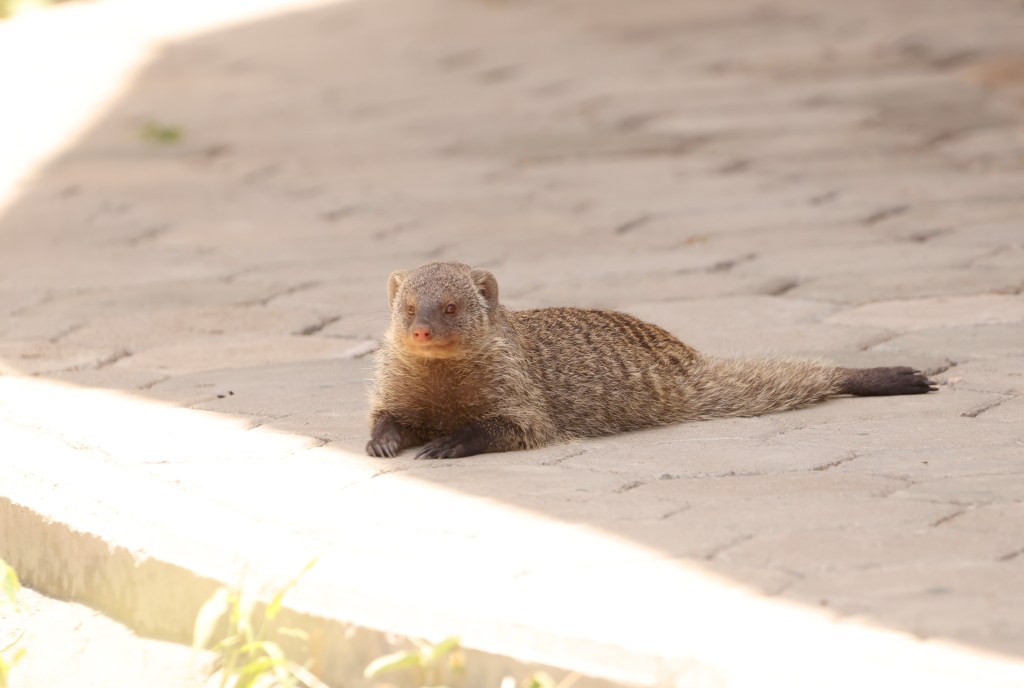
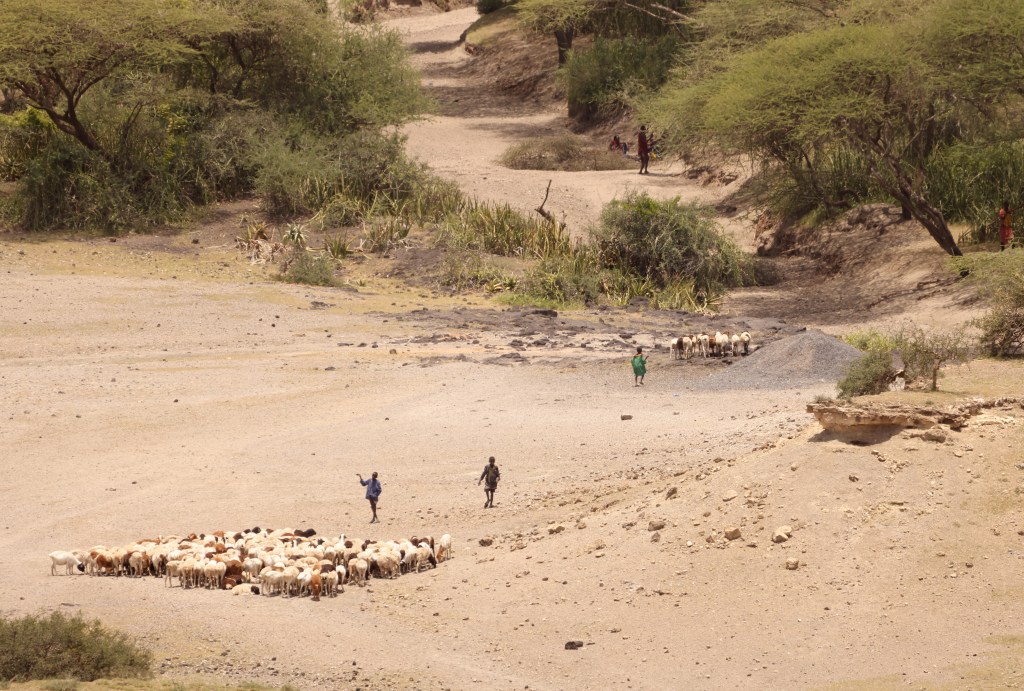
We finally made it to Serengeti and the wildlife did not disappoint. We even two cheetahs.


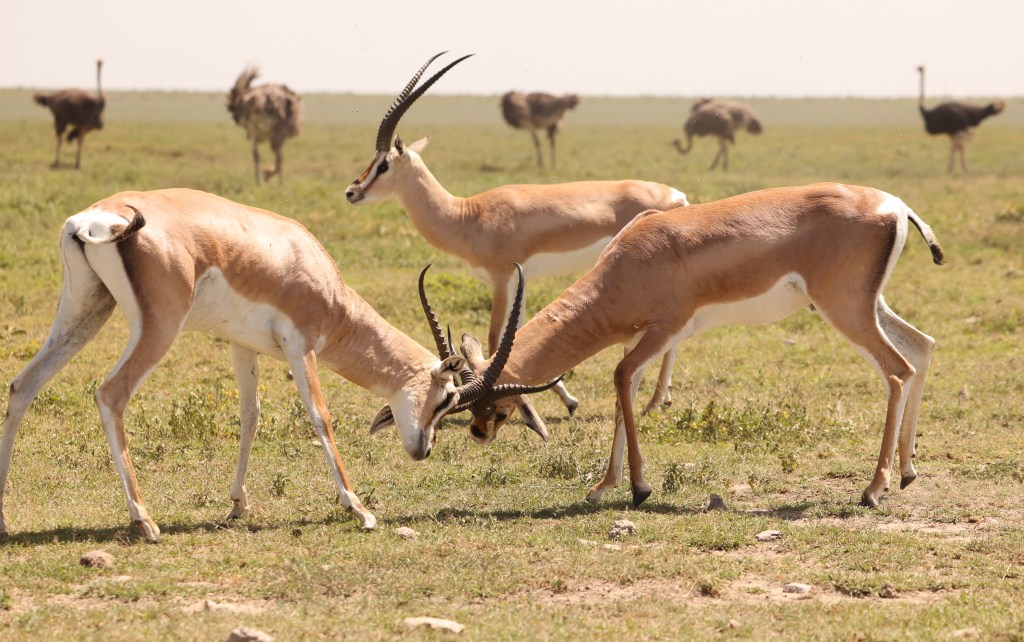
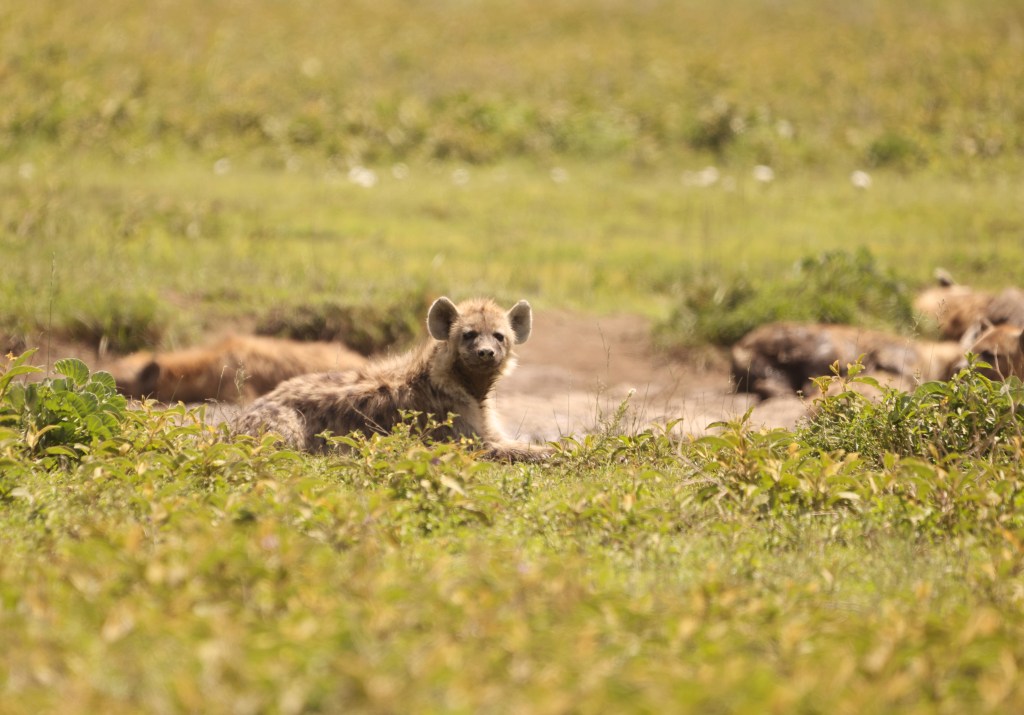




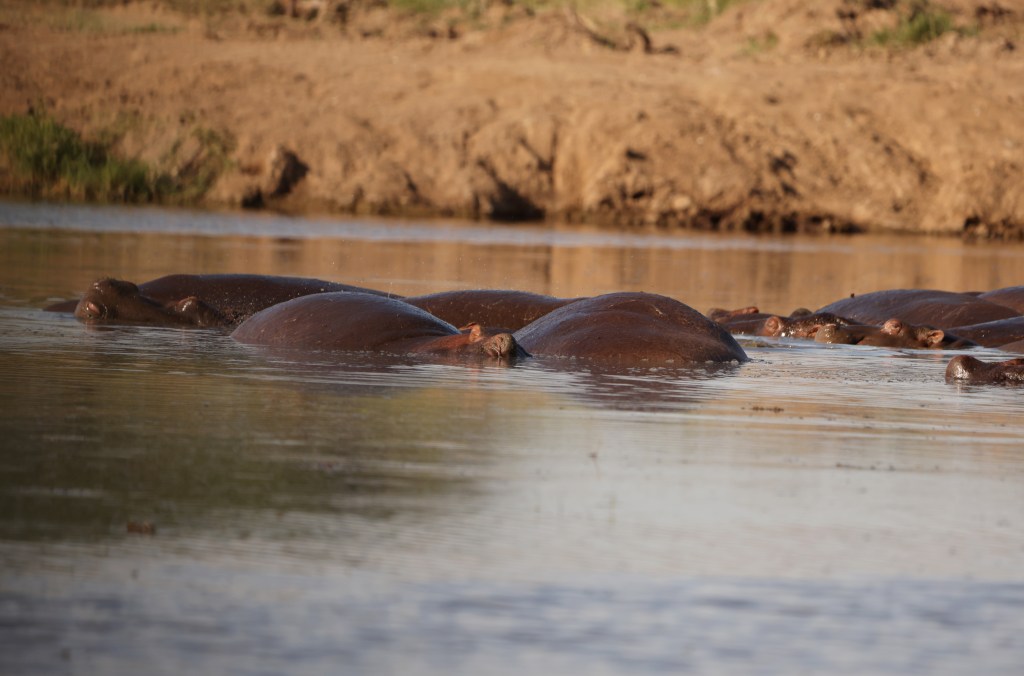



Day 6: African Wildlife Safari

We spent the entire day in the Ngorongoro Crater. We left early to have breakfast by a lake in the crater, which we circled back to for lunch. The above Serval Cat was one of two we saw. This one ran across the road in front of us as we left, while another walked out of a bush only to be greeted by a table full of us eating. I don’t know which one – us or the cat – was surprised the most.
It was fascinating to see so many different types of wildlife – both prey and predator – living so close together. At one point, there was. lion resting nearby a pack of zebras and wildebeest and none seemed to concerned. We also saw a lot of rhinos, which I thought would be a little harder than it was. Gabi, our tour guide, said numbers have risen over the past few years, although he was still surprised at how easily we found them. Below are a few more of our wildlife sightings for the day.
